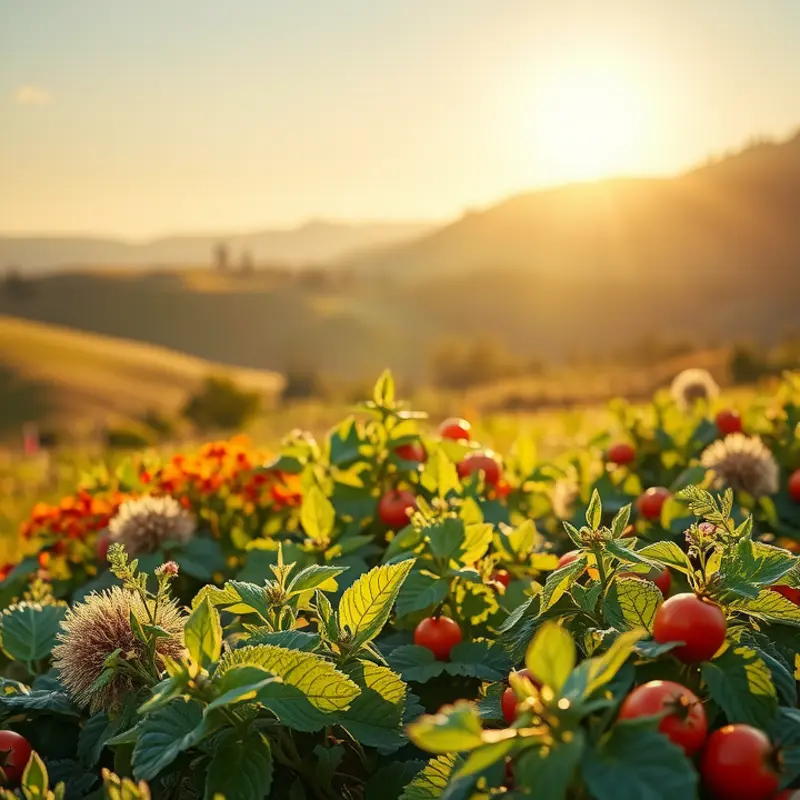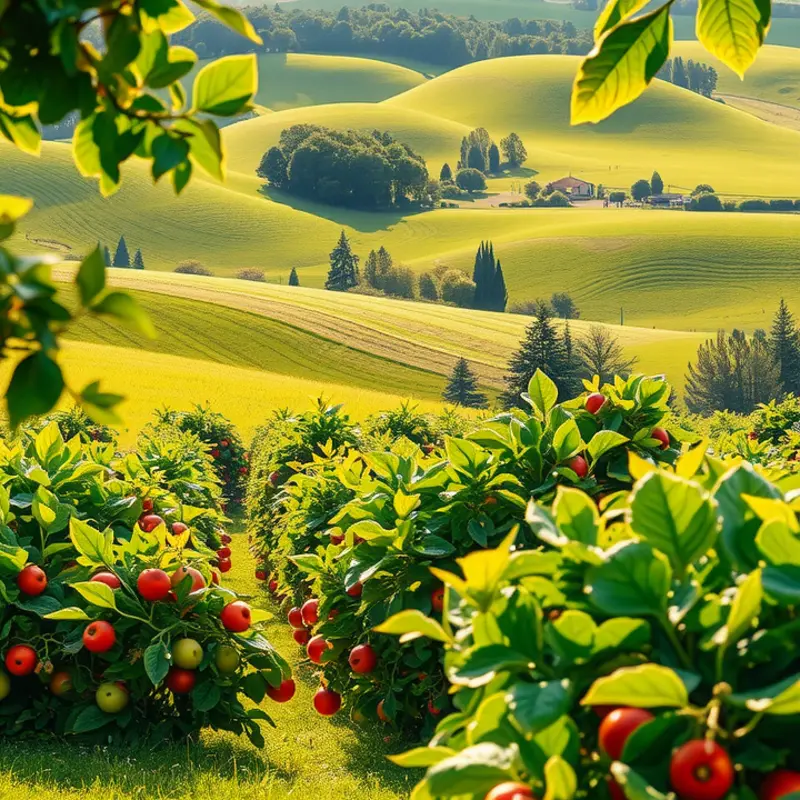Effective food storage is a vital component of sustainable living. Knowing how to seal and store food properly can help reduce waste, save money, and ensure that you always have fresh ingredients on hand. This guide will provide practical tips for sealing food so you can enjoy delicious meals while being kind to the planet. Let’s dive into food management strategies that work at home.
The Basics of Food Sealing Techniques

Sealing food effectively is crucial in maintaining its freshness and minimizing waste. At the heart of this practice is vacuum sealing, a method known for its ability to preserve food by removing air, which can cause spoilage. By extracting air, vacuum sealing minimizes oxidation and inhibits the growth of bacteria and mold.
A significant benefit of vacuum sealing is its versatility. From fresh produce to cooked meals, a wide range of foods can benefit from this technique. It significantly extends shelf life, making it an invaluable tool for those committed to sustainable living.
Choosing the right storage containers is another key aspect of successful food sealing. Ideally, containers should be airtight to prevent air from seeping in. Materials such as glass or sturdy, BPA-free plastics are recommended as they are non-reactive, ensuring the food remains free from contaminants. Additionally, opting for containers with vacuum-sealing capabilities can further extend the longevity of stored items.
For those looking to reduce their environmental footprint, eco-friendly materials offer a compelling alternative. Silicone bags, for instance, are reusable and multifunctional, serving both storage and sealing purposes. The durability of silicone ensures long-term use, aligning with sustainable food storage practices.
The choice of materials used in food sealing also extends to plastic wrap and aluminum foil. While these have their uses, it’s crucial to employ them judiciously. Alternatives like beeswax wraps offer a sustainable option for wrapping food items without contributing to plastic waste.
Applying techniques like freezing in conjunction with sealing can enhance the preservation of many foods. Freezing seals moisture within the food, while vacuum sealing prevents freezer burn by eliminating air exposure.
For sauces and liquids, proper sealing is particularly critical. Spillage and leakage can be avoided by using airtight containers designed specifically for liquids. Ensuring that lids are secured tightly can prevent spoilage and waste, contributing to a more sustainable kitchen environment.
Furthermore, understanding the distinct requirements of different types of foods when sealing is essential. Dry goods, for example, benefit from being sealed with moisture-absorbing packets, while fresh produce may require breathable storage to avoid condensation, which can lead to decay.
Mastering food sealing techniques involves a blend of choosing the right methods and materials. By integrating these practices into daily storage routines, individuals can significantly reduce food waste and enjoy fresher meals, all while supporting a more sustainable lifestyle.
Smart Food Management Practices

Effective food inventory management starts with thoughtful meal planning. Allocate some time each week to plan meals, focusing on seasonal produce and versatile staples. Consider incorporating minimal-prep dinner ideas from previous chapters or resources like practical ingredient batching. This approach not only ensures nutritional balance but also aligns with your stock levels, reducing impulse buys that lead to waste.
Next, embrace the power of labeling. Each item stored in your pantry, fridge, or freezer should have a clear label with the purchase or opening date. This simple step enhances your ability to use ingredients when they are at their peak. It also guides decisions about what needs to be consumed soon. Use waterproof markers for containers and consider removable labels for easy updates.
One often-overlooked strategy is mastering the art of utilizing leftovers. Transforming leftovers into a new dish is both creative and sustainable. For instance, last night’s roast vegetables can become today’s savory quiche or tomorrow’s sandwich filling. This practice minimizes waste and maximizes resources, effectively extending the life of your groceries.
An effective system is to dedicate a spot in your fridge for items that need to be used soon. This makes it easier to plan meals around these foods. Consider the “first in, first out” method: older items should be placed at the front of the shelf while newer ones go to the back. This is a discipline that bears fruit with consistency.
Finally, regular fridge audits complement these practices. Schedule time to check the condition of stored foods and consolidate duplicates. This helps maintain a neat inventory and prevents over-purchasing. Similarly, pantry checks can uncover forgotten staples, offering new meal possibilities while preventing spoilage.
These smart food management practices not only optimize food freshness and taste but also significantly reduce household waste. Implementing these strategies will cultivate a more sustainable kitchen environment, allowing you to enjoy the benefits of efficient food management while actively contributing to environmental preservation.
Final words
Effective food sealing and management are essential for sustainable living. By applying the techniques outlined in this guide, you can ensure your food remains fresh longer, reduce waste, and contribute positively to the environment. From mastering various sealing methods to implementing smart food management practices, the steps you take today can significantly impact your home and community. Start making these changes today and embrace a more sustainable approach to food storage!







